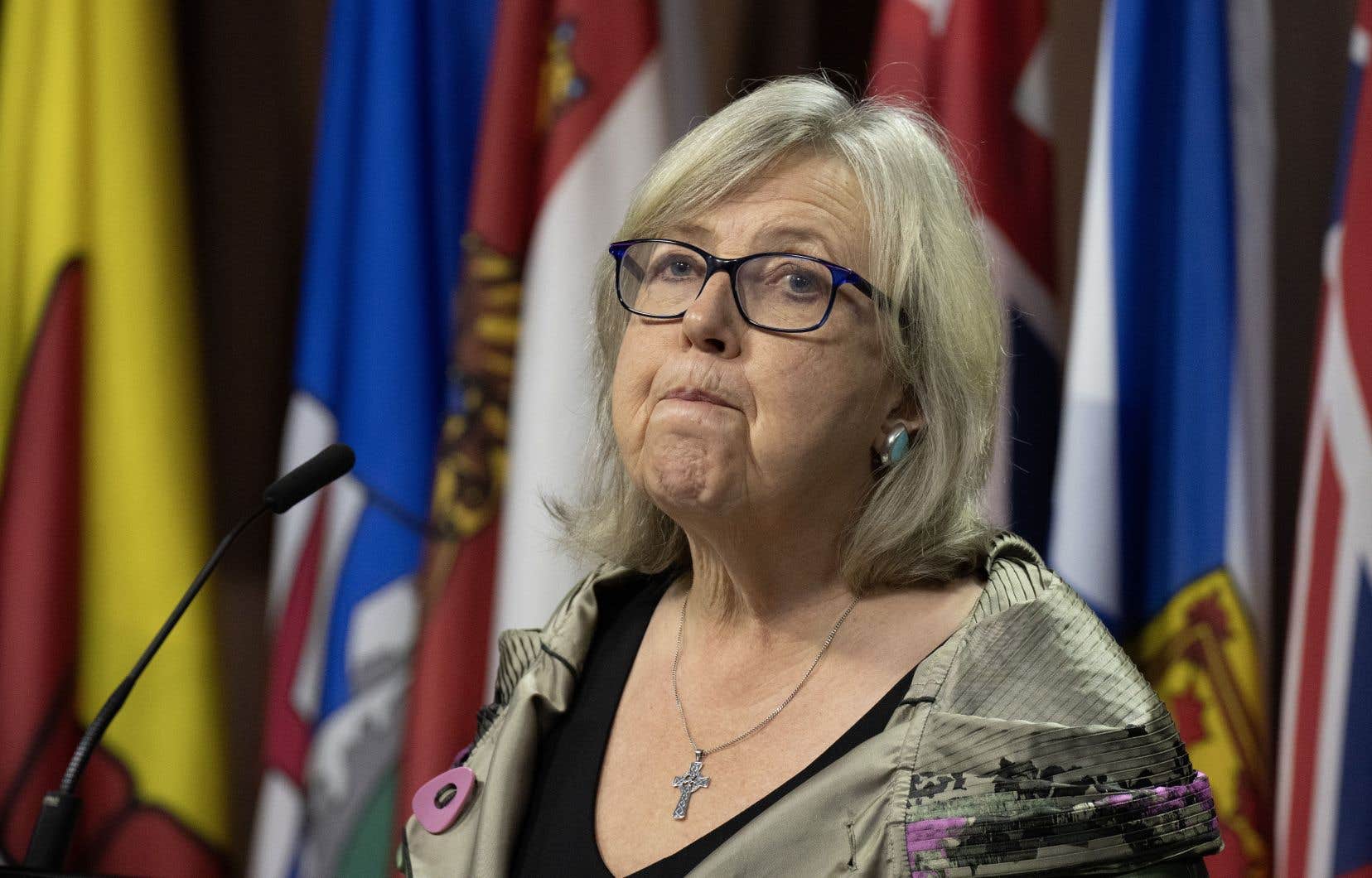The federal government must officially look into the harms of “environmental racism,” dictates a bill tabled by the Green Party of Canada on the verge of obtaining royal assent.
Tabled by Leader Elizabeth May in February 2022, the National Strategy Act on Environmental Racism and Environmental Justice (C-226) survived the refusals of the Bloc Québécois and the Conservative Party of Canada. The text made its way to the Senate, where it was adopted Thursday.
“I didn’t invent environmental racism, it’s not a new concept, or somehow ‘woke,’” Ms.me May to her critics on Monday.
She was especially pleased to have had her bill adopted in Parliament, with the help of the Liberals and the New Democratic Party (NDP), which forces the Minister of the Environment to create within two years a “ national strategy to assess and prevent environmental racism.
The text of C-226 does not define what constitutes or does not constitute “environmental racism”, but requires that this problem be taken seriously. It forces the government to produce a study that examines “the links between race, socioeconomic status and environmental risk [et] on the other hand, information and statistics concerning the location of environmental hazards. The government will have to follow up every five years.
Uncertain impact
It is too early to know if this new law will have real repercussions, believes Camille Cloutier, lawyer at the Quebec Environmental Law Center. Everything depends on the quality of the strategy that must be presented later by the federal government.
“If this strategy and this study clearly define the concept, propose concrete measures, and which are subsequently well implemented, there is potential. But this is all quite uncertain at the moment. »
The Minister of Environment and Climate Change, Steven Guilbeault, showed his support for the initiative during his parliamentary study. “Across Canada, Black, Indigenous and people of color are feeling the effects of pollution and environmental damage harder,” he argued on social media.
On the contrary, the Bloc Québécois was against the use of the word “racism” to talk about this concept, seeing it as a maneuver to “obtain an ideological and militant victory,” denounced MP René Villemure. The Bloc Québécois would have preferred to include the notion of “environmental justice” in the great book of laws.
The Conservative Party, for its part, criticized the lack of a clear definition in the bill, while fearing that recognition of “environmental racism” would come with a hefty bill. “We want concrete, immediate, realistic and responsible solutions, with a real effect to combat climate change,” argued conservative Gérard Deltell.
Even in the absence of a clear definition of “environmental racism” in the law, Me Camille Cloutier welcomes the fact that Ottawa now recognizes the link between social and environmental injustices. “We will have to think about the people who are most impacted by climate change and all environmental issues, to ensure that no one is left behind when we put the solutions in place,” she believes.
Once adopted by the House of Commons and the Senate, the new law must be ratified by the Governor General. This is a simple formality, which normally takes a few days at most.
